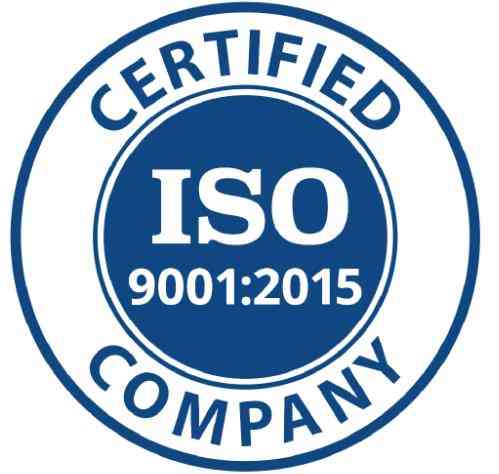|
IS0
I N T ERN AT1 O N A L ORGAN I ZAT I O N FOR STAND AR D I ZATl O N
IS0 RECOMMENDATION
R 295
PLASTICS
COMPRESSION MOULDING TEST SPECIMENS
OF THERMOSETTING MATERIALS
1st EDITION
February 1963
.
COPYRIGHT RESERVED
The copyright of IS0 Recommendations and IS0 Standards
belongs to IS0 Member Bodies. Reproduction of these
documents, in any country, may be authorized therefore only
by the national standards organization of that country, being
a member of ISO.
For each individual country the only valid standard is the national standard of that country.
Printed in Switzerland
Also issued in French and Russian. Copies to be obtained through the national standards organizations.
---------------------- Page: 1 ----------------------
BRIEF HISTORY
The IS0 Recommendation R 295, Plastics-Corri~~ression Moulding Test Speciinens of Therino-
setting Materials, was drawn up by Technical Committee ISO/TC 61, Plastics, the Secretariat of
which is held by the American Standards Association, Inc. (ASA).
Work on this question by the Technical Committee began in 1954 and led, in 1958, to
the adoption of a Draft IS0 Recommendation.
In October 1959, this Draft IS0 Recommendation (No. 320) was circulated to all the IS0
Member Bodies for enquiry. It was approved by the following Member Bodies:
Australia India Romania
Austria Israel Spain
Belgium
Italy Sweden
Burma Japan Switzerland
Chile Mexico United Kingdom
Czechoslovakia Netherlands U.S.A.
Germany Poland U.S.S.R.
Hungary Portugal
One Member Body opposed the approval of the Draft:
France.
The Draft IS0 Recommendation was then submitted by correspondence to the IS0 Council
which decided, in February 1963, to accept it as an IS0 RECOMMENDATION.
-3-
---------------------- Page: 2 ----------------------
I
ISO/R 295 - 1963 (E)
IS0 Recommendation R 295 February 1963
PLASTICS
COMPRESSION MOULDING TEST SPECIMENS
OF THERMOSETTING MATERIALS
1. SCOPE
This IS0 Recommendation is intended to serve as a basis for ensuring the preparation of equi-
valent test specimens from identical thermosetting compounds moulded under heat and pressure
--
and the submission of equivalent and comparable statements in the reports issued by different
testing organizations. This recommended practice applies only to thermosetting moulding
materials such as phenoplasts, aminoplasts and polyesters and epoxy moulding compounds.
This IS0 Recommendation, therefore, contains a general outline regarding the equipment and the
normal methods of preparation of test specimens, as well as the particulars to be included in the
reports concerning the preparation of the specimens.
In many cases, special procedures covering the preparation of the test specimens may be necessary
depending on composition, flow properties and other variables. Such procedures should be made
part of the procurement specifications, or agreed upon between seller and purchaser. Tables of the
characteristic properties of test specimens should include reference to such special procedures.
2. APPARATUS
2.1 Compression mould
This moulding tool should be designed and constructed so that the force of compression
is transmitted to the plastics without appreciable losses until the conclusion of the compres-
sion cycle. A three-part mould consisting of a shell and an upper and a lower die has been
found satisfactory for this purpose. Other moulds may be used, where it can be shown that
equivalent results are obtained.
The dimensions of the mould cavity should be such that the compound can be introduced
in one single charge. It may be necessary eventually, especially for bulky materials, to
agree on a method of tabletting prior to introduction into the mould.
2.1.1 Ejector pin
In order to ensure the preparation of plane or flat moulded shapes without subsequent
distortion, it is preferred that they be ejected from the mould with the entire mould
bottom. Ejector pins may be used, if equivalent results can be obtained.
Nom
1. In order to facilitate the removal of the moulded shapes from the mould, it is permissible to design
the mould walls with a draft of not more than one-half degree.
2. Pronounced burring is associated with a correspondingly strong local flow of moulding compound,
resulting in test specimens exhibiting partly deformed shapes and deviating properties.
-5-
---------------------- Page: 3 ----------------------
ISO/R 295 - 1963 (E)
2.1.2 Temperature control device
Moulds are provided with efficient heat regulation so that the optimum temperatures
required can be maintained constant within a range of 3 OC in all sections of the
mould; i.e., the mould te
...














